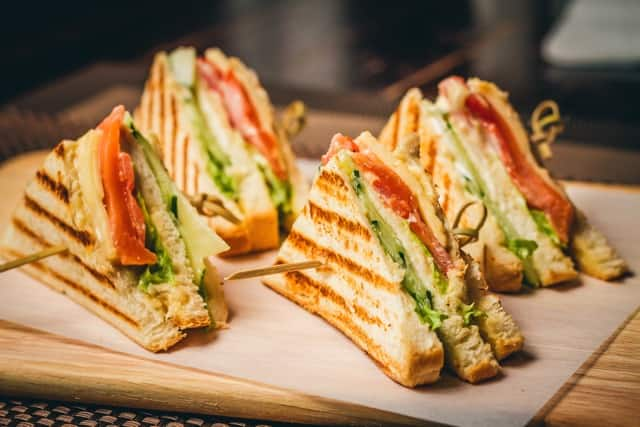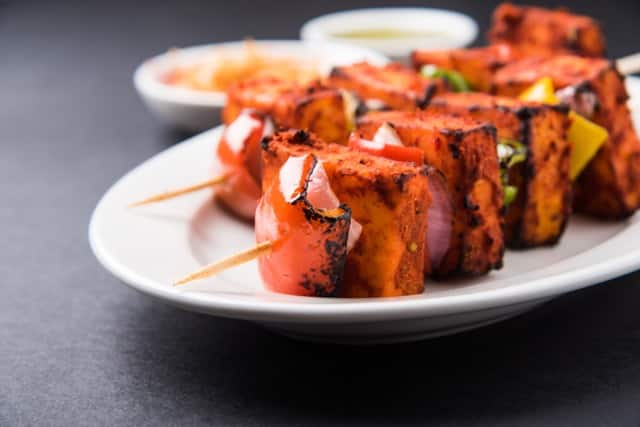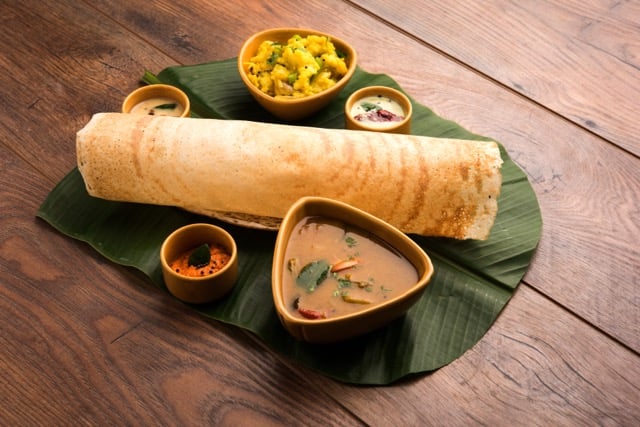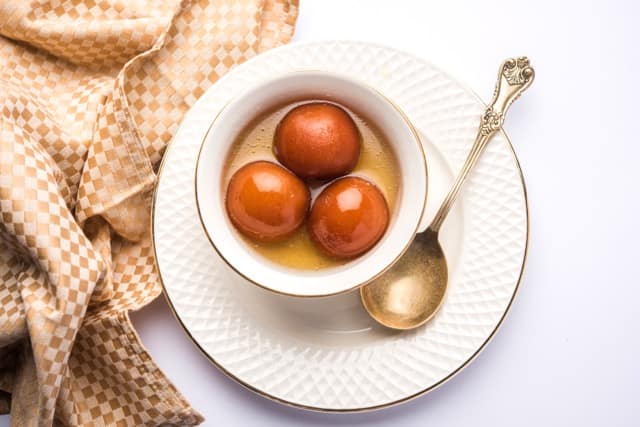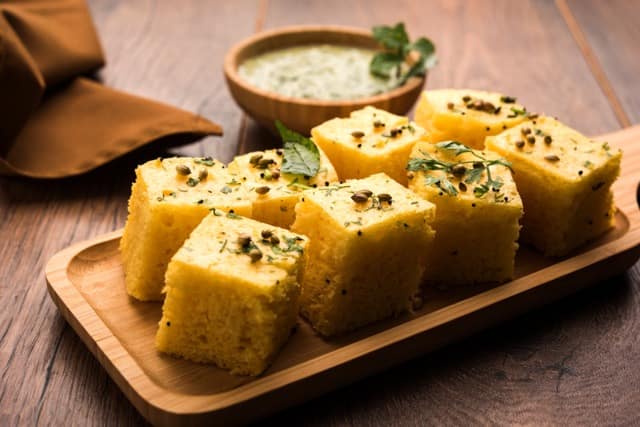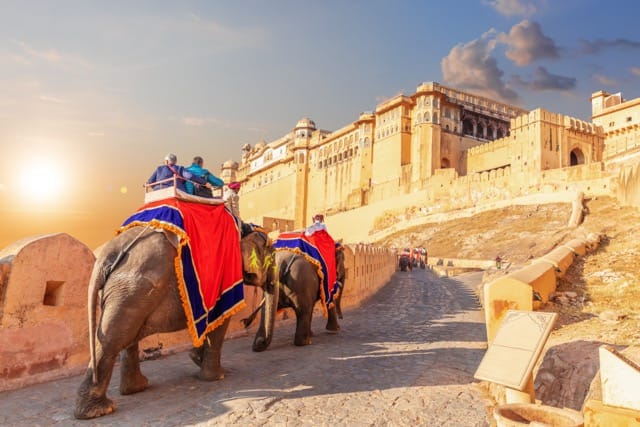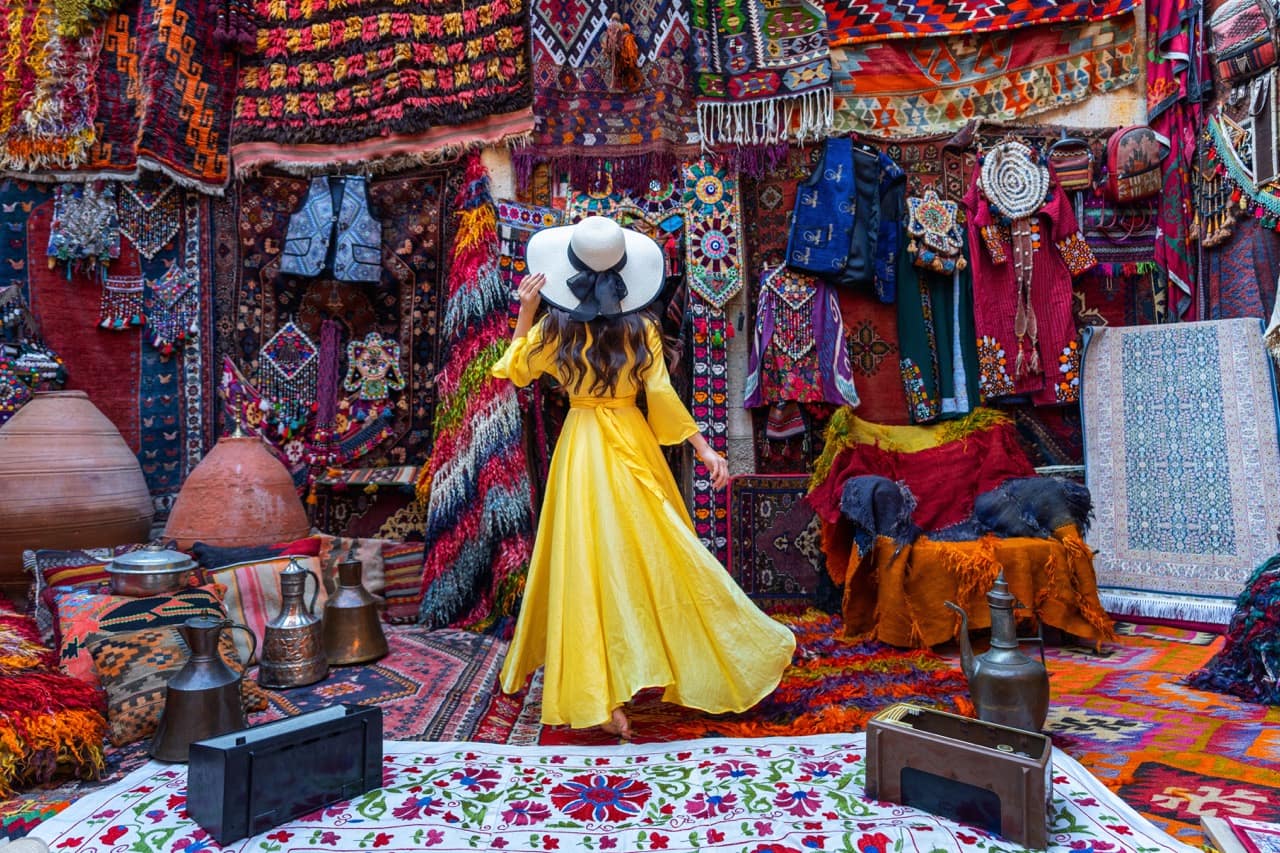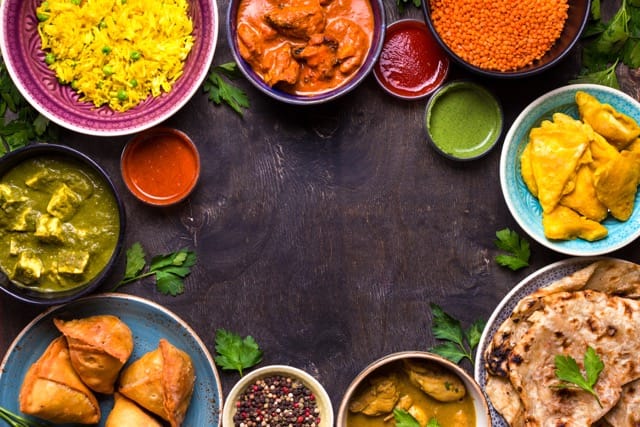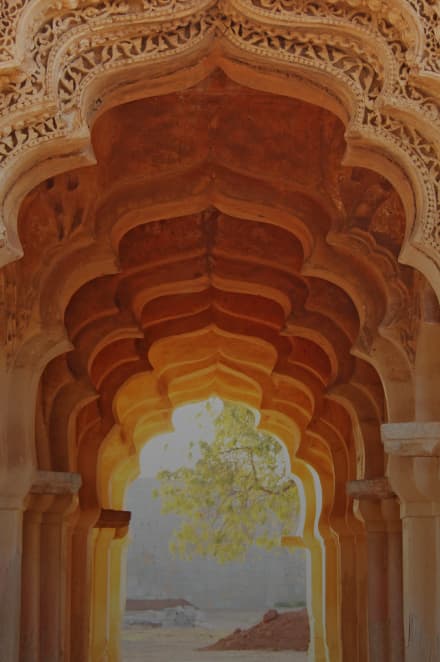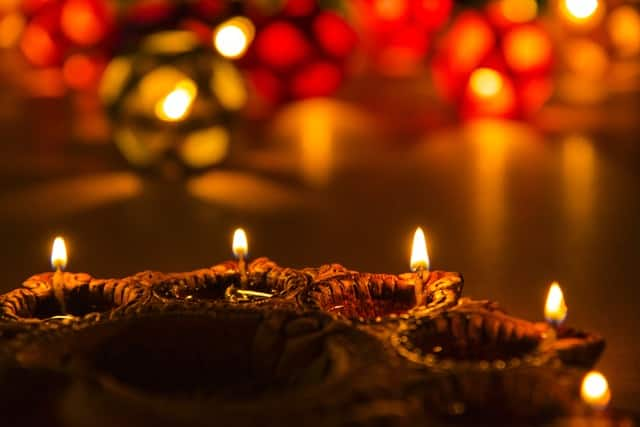Gwalior invites you on a beautiful and memorable journey spanning time and culture. Dominated by its majestic hilltop Gwalior Fort, the city boasts stunning architecture, including the intricate Sas Bahu Temples and the historic Jai Vilas Palace. It is also famous for its contribution to Indian classical music, being the birthplace of the legendary musician, Tansen. Gwalior tourism offers a glimpse into the bustling local life, and its culinary scene is a delightful mix of regional flavours. Let's learn about this glorious city in this Gwalior travel guide and witness its long history and culture.
How to reach Gwalior
- By air: Gwalior Airport (GWL), or Rajmata Vijayaraje Scindia Airport, is the primary air gateway to the city, located approximately 10 km from the city centre. It operates domestic flights to Gwalior and return routes with a single domestic terminal, offering convenient access to the town.
- By train: Gwalior Junction Railway Station is a vital hub in the city's transportation network, connecting it to various parts of the country. Situated in the heart of Gwalior, it provides easy access to Gwalior from several cities across India.
- By bus: Gwalior boasts a well-developed network of roadways, making bus travel a popular choice for reaching the city. State-run buses and private operators offer regular services connecting Gwalior to nearby towns. The city's bus terminals, such as the Gwalior Bus Stand, facilitate smooth transit for travellers arriving by road.
- Getting around/local transport in Gwalior: Once in Gwalior, you can explore the city's attractions and navigate its streets through various local transportation options. Auto rickshaws are ideal for short distances while taxis are readily available for longer journeys.
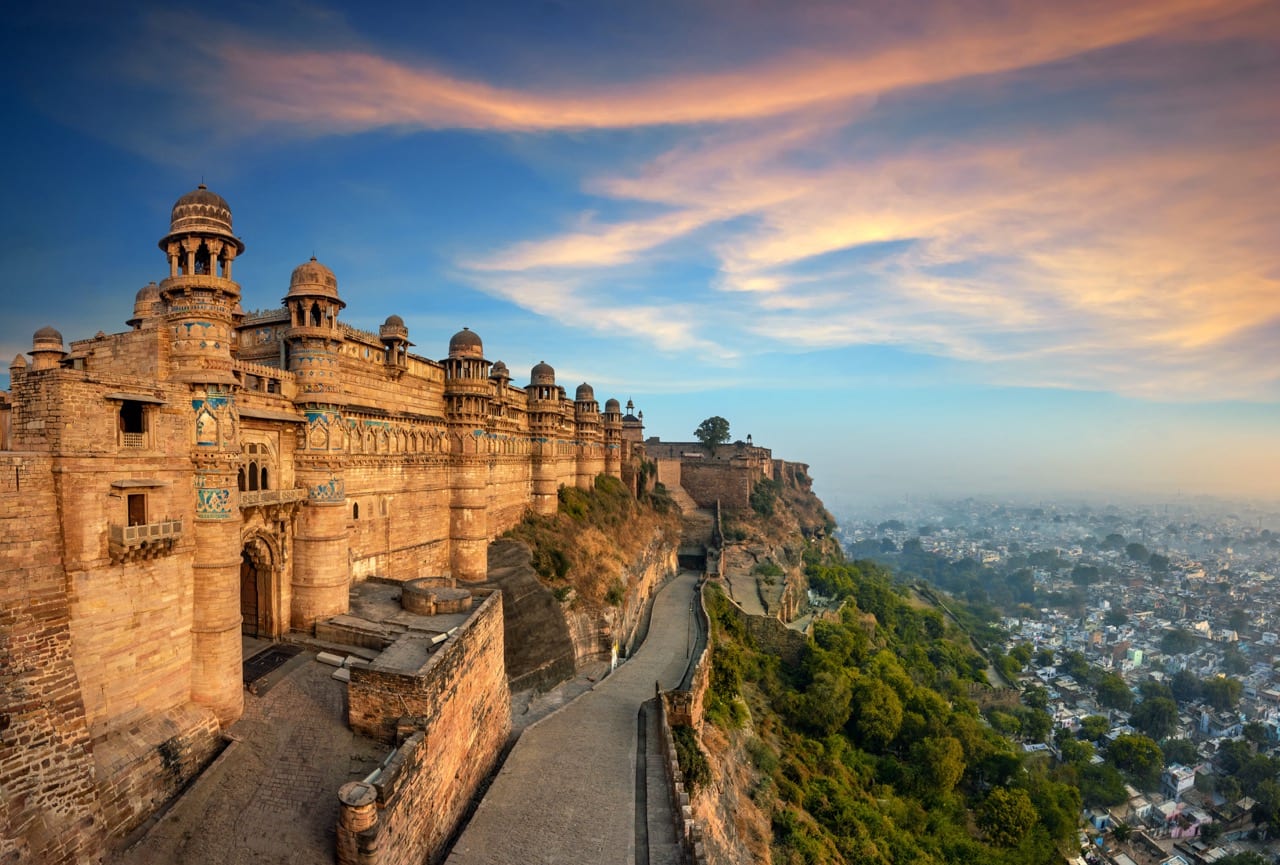
Gwalior Fort
The ancient hill fort is known for its stunning architecture and panoramic views of the surrounding area.
Experience Time: 2-3 hours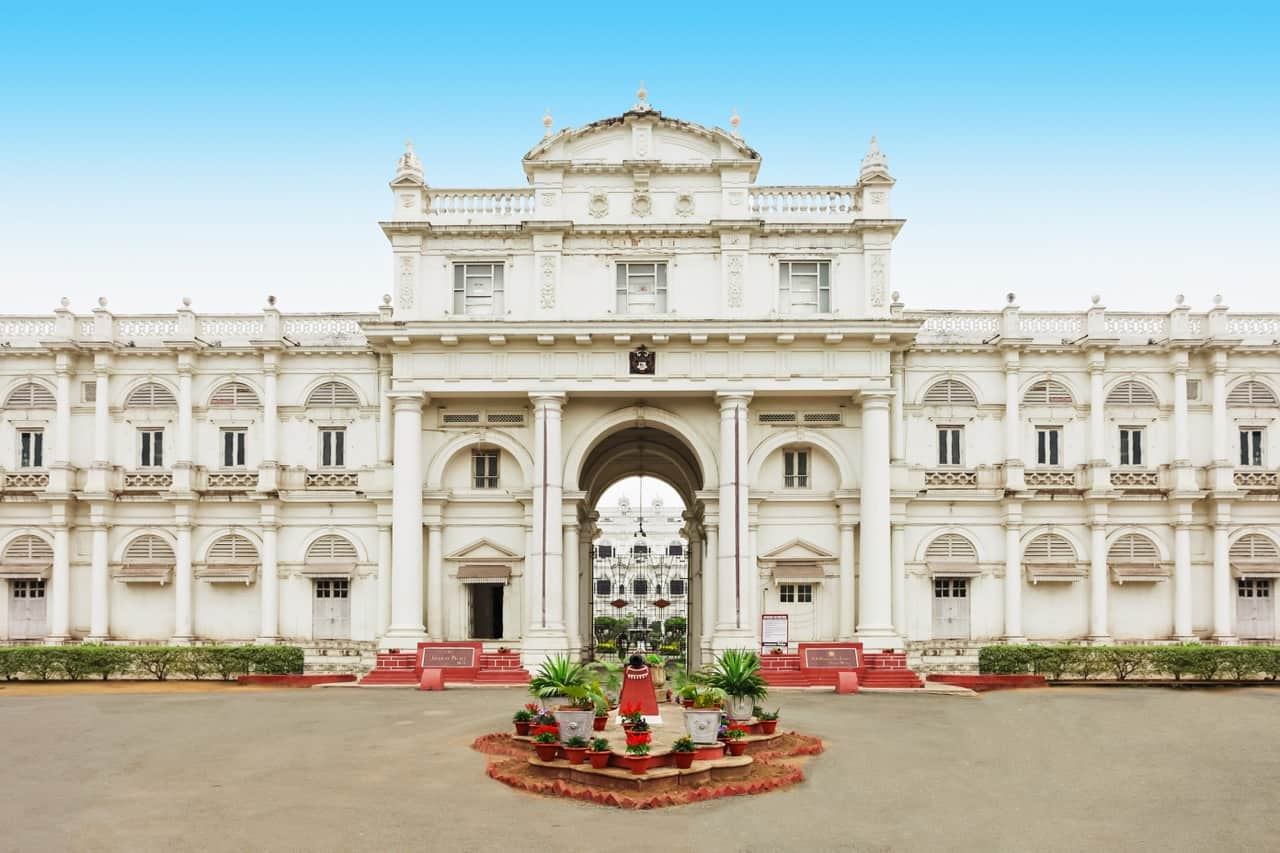
Jai Vilas Palace
Exploration time: 2-3 hours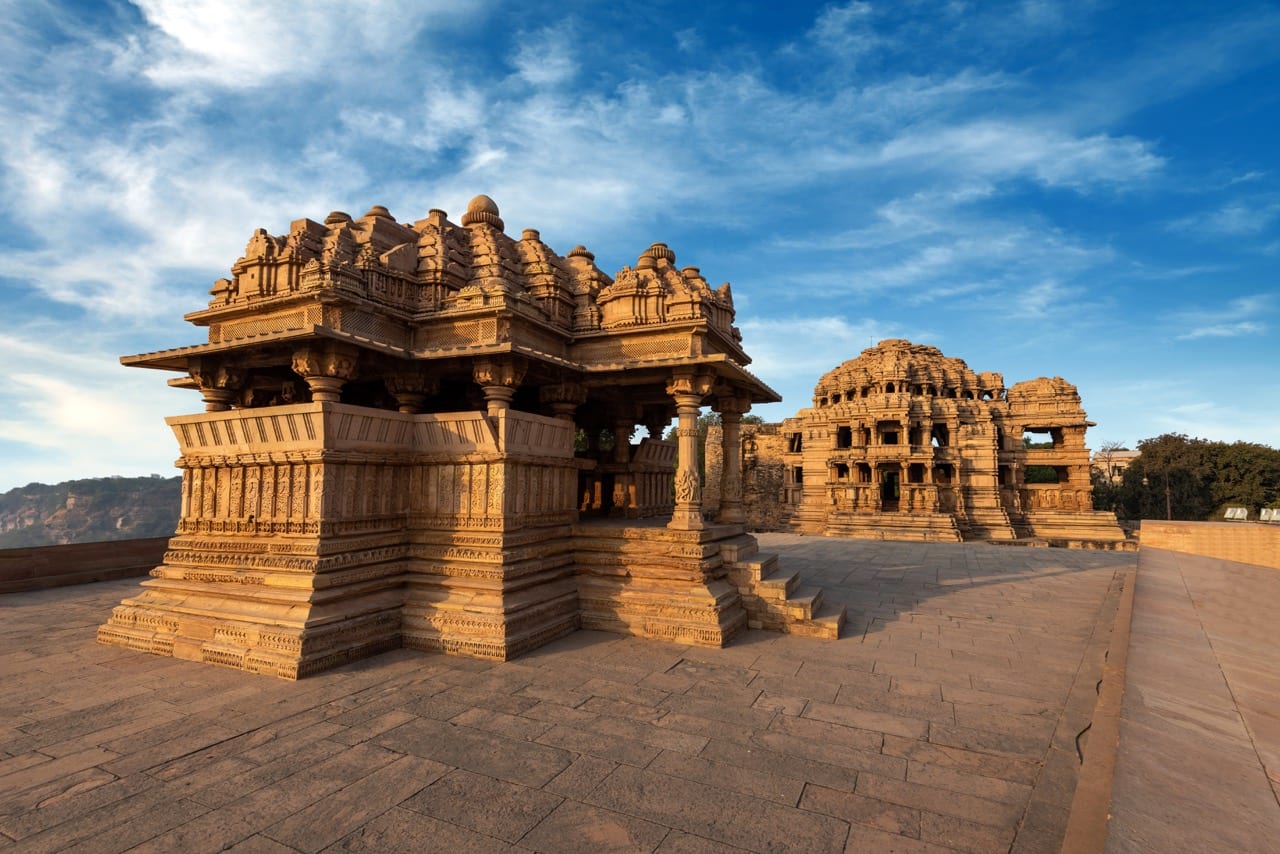
Sas Bahu Temples
Exploration time: 1-2 hours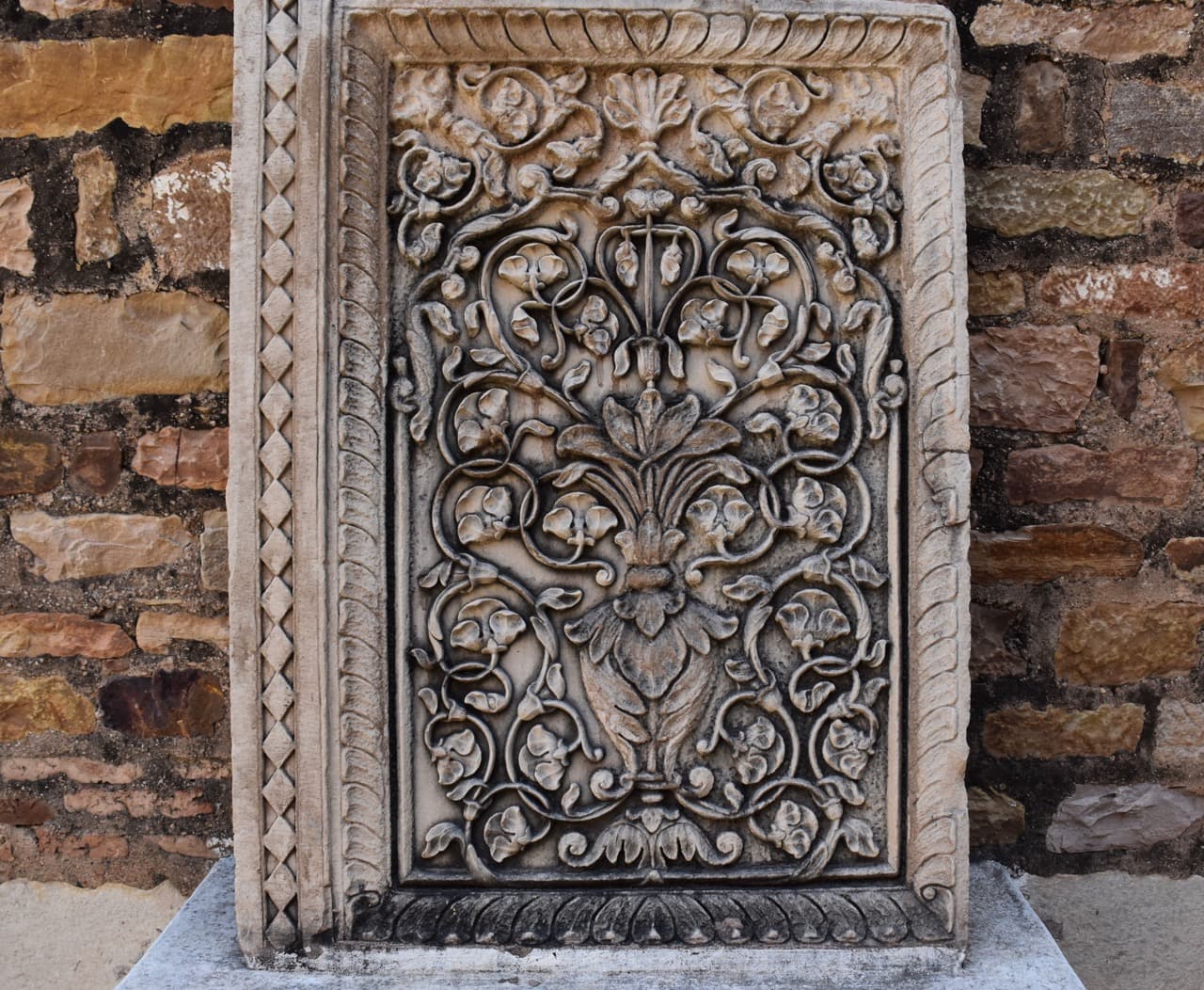
Gujari Mahal Archaeological Museum
Exploration time: 1-2 hours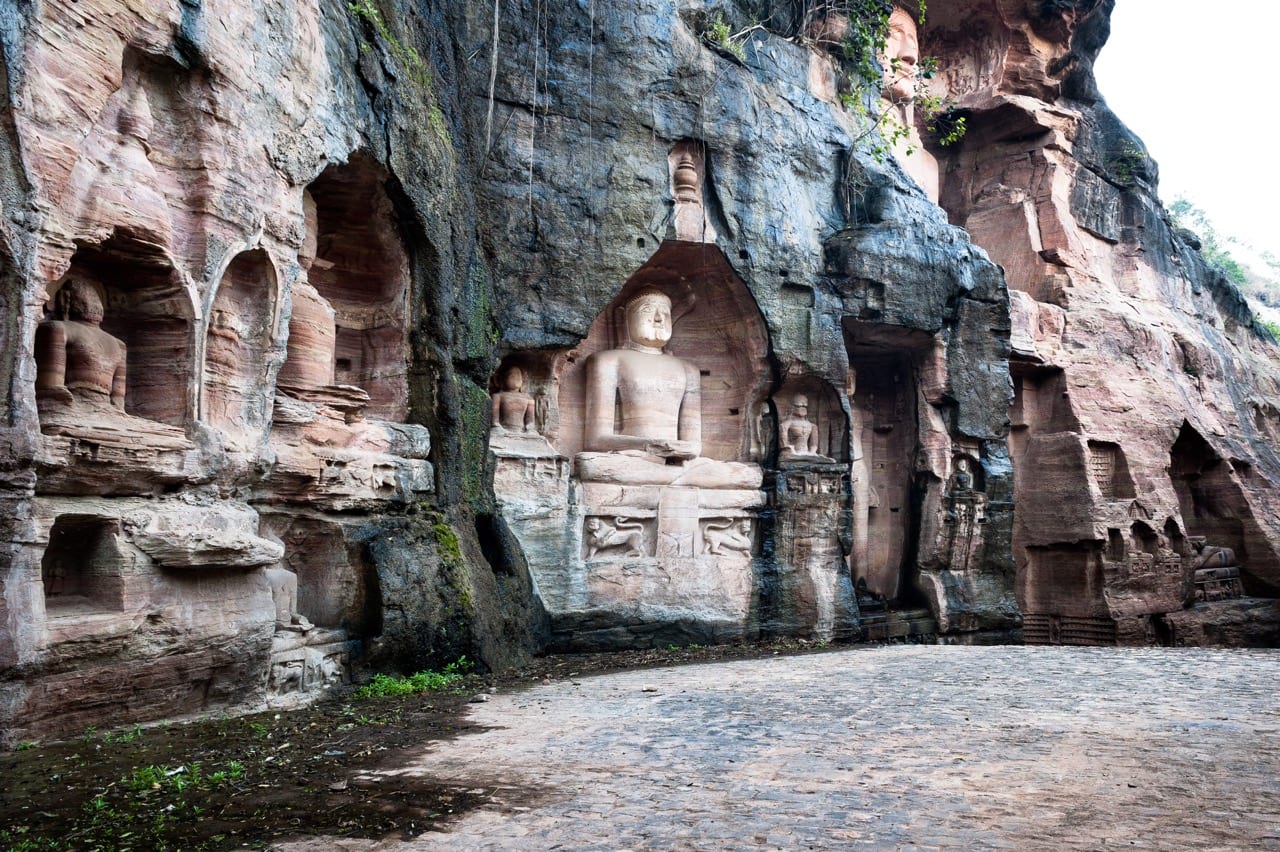
Gopachal Jain Parvat
Exploration time: 1-2 hours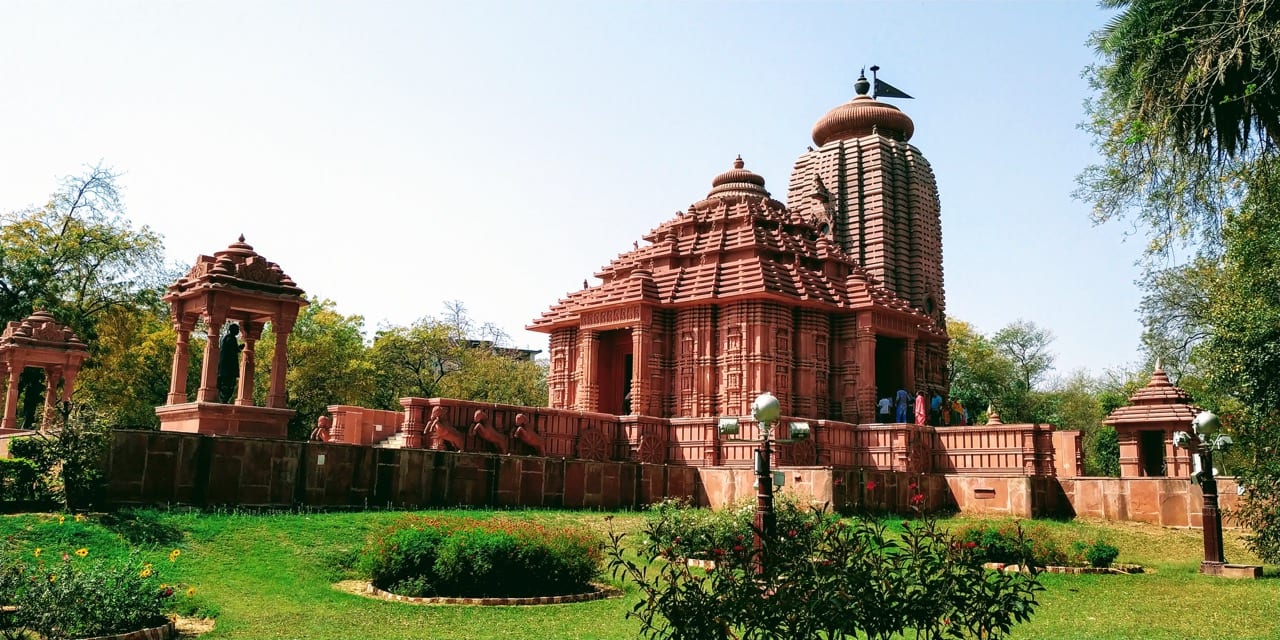
Sun Temple
Exploration time: 1-2 hours
Gwalior Zoo
Exploration time: 2-3 hoursPlaces to eat
Your trip to Gwalior can become truly rewarding with all its delicious food. Let’s review some of the eateries in the city you can try out during your visit to Gwalior.
Things To Do
Gwalior offers many enriching experiences for visitors. Here are some activities to make your time in the city fulfilling:
Best time to visit
The best time to visit Gwalior is between October and March. The weather during this time is pleasant, making it ideal for outdoor activities.
Most commonly spoken languages
Hindi and English are the most spoken languages here. Having a basic knowledge of these languages can enhance your experience during your visit to the city.
Gwalior has several markets that allow abundant opportunities for an ideal shopping escapade. Here are some of them you shouldn’t miss out on during your trip:
- Sarafa Bazaar: Sarafa Bazaar is a bustling market known for its variety of jewellery, including traditional gold and silver ornaments, gemstones, and intricate designs.
- Kotwali Bazaar: Kotwali Bazaar is renowned for its eclectic mix of traditional clothing, textiles, and handicrafts. Browse through a wide range of sarees, fabrics, and embroidered garments.
- Patankar Bazaar: Patankar Bazaar is a must-visit for antique lovers and collectors, offering an extensive collection of vintage items. You will find coins, stamps, furniture, and memorabilia, providing a glimpse into the city's history and heritage.
- Hazira Market: Hazira Market is famous for its vibrant atmosphere and traditional handicrafts and artefacts. Explore stalls selling pottery, wooden carvings, textiles, and souvenirs, providing an authentic glimpse into the local craftsmanship.
Gwalior celebrates many festivals that reflect its vibrant culture and rich heritage. Plan your trip around them to make the most of your experience.
More reasons to visit
Explore the various attractions and experiences that make Gwalior a destination beyond its renowned landmarks.
- Gwalior Trade Fair: Experience the Gwalior Trade Fair's energy as it showcases the city's cultural heritage, local craftsmanship, and culinary delights. From colourful handicrafts to delicious street food, the fair offers a glimpse into the city's lively atmosphere.
- Gwalior Literature Festival: Immerse yourself in literature and creativity at the Gwalior Literature Festival. This annual event brings renowned authors, poets, and intellectuals together for insightful discussions, book readings, and literary performances. It provides an intriguing opportunity to engage with ideas and stories in a dynamic environment.
- Tomb of Muhammad Ghaus: The Tomb of Muhammad Ghaus is a revered Sufi shrine. It is dedicated to the Sufi saint Muhammad Ghaus, a prominent spiritual figure during the Mughal era. The architecture reflects a fusion of Mughal and Rajput styles, with intricate marble lattice work and ornate domes adorning the structure.
- Tansen Music Festival: The Tansen Music Festival, held annually in December, pays homage to the legendary musician Tansen. It features classical music performances by renowned artists, attracting enthusiasts from far and wide to immerse themselves in the musical strains of Indian classical music.


